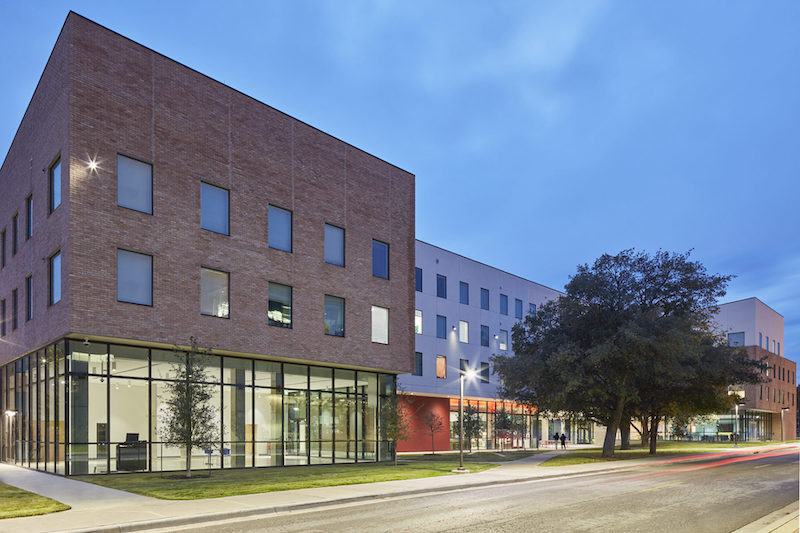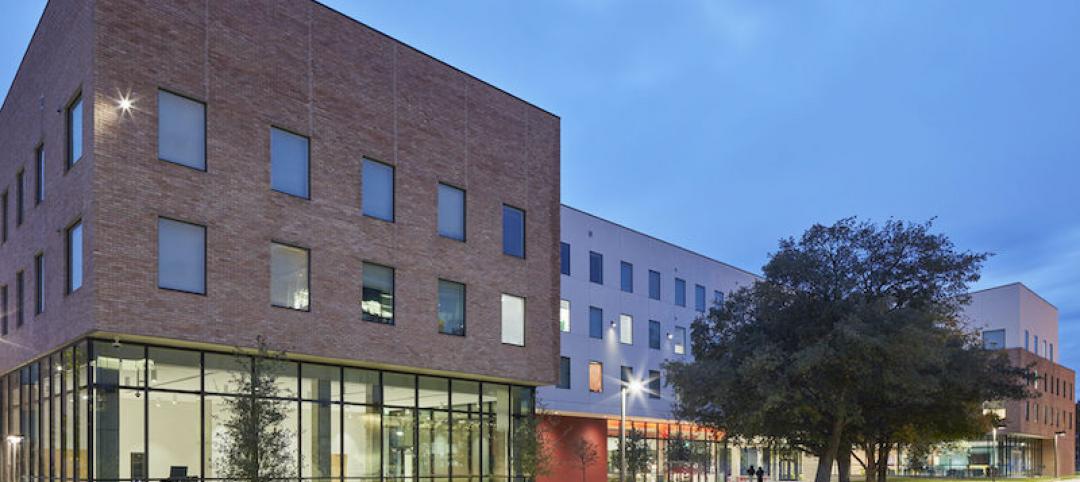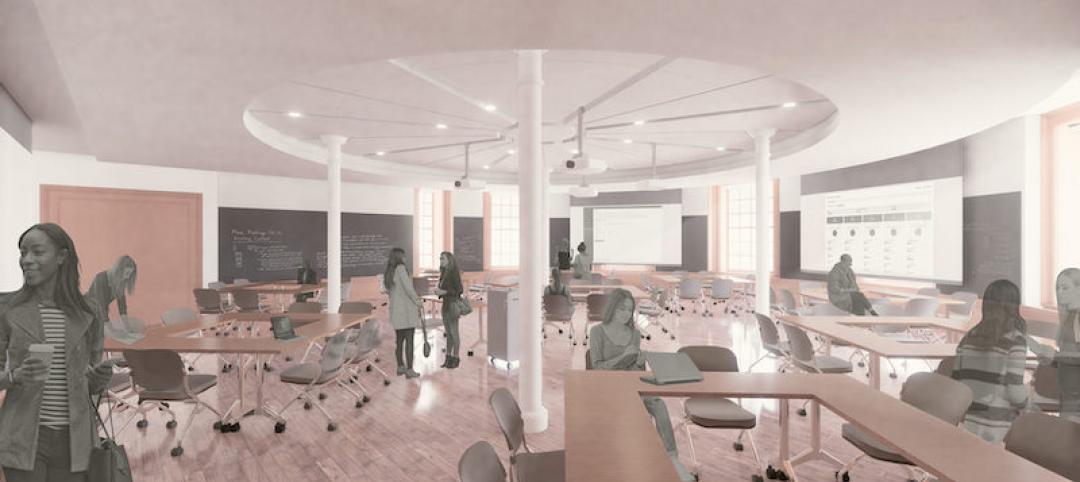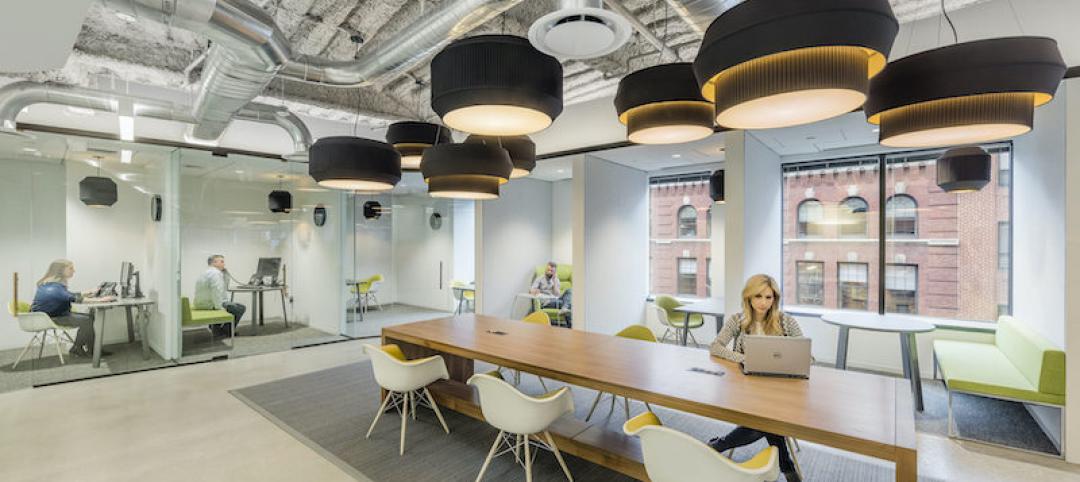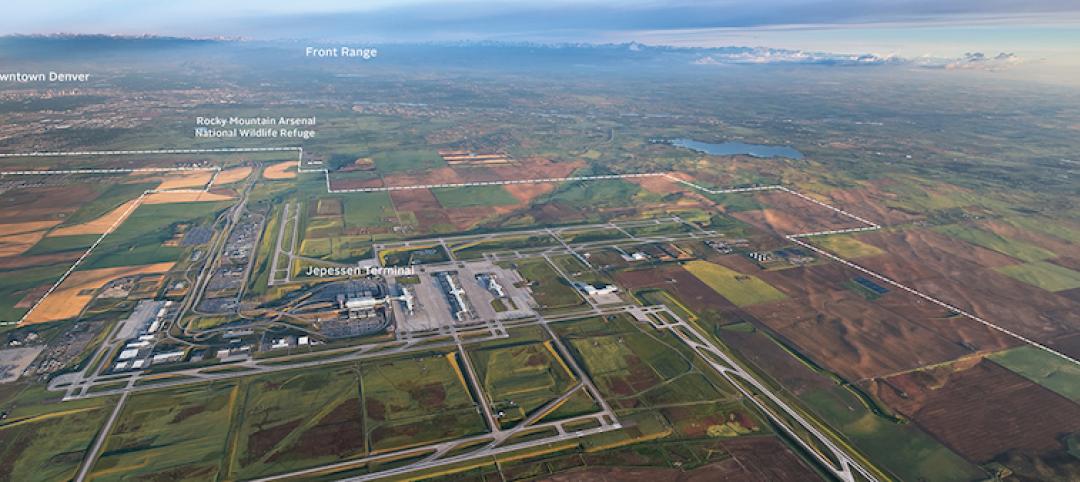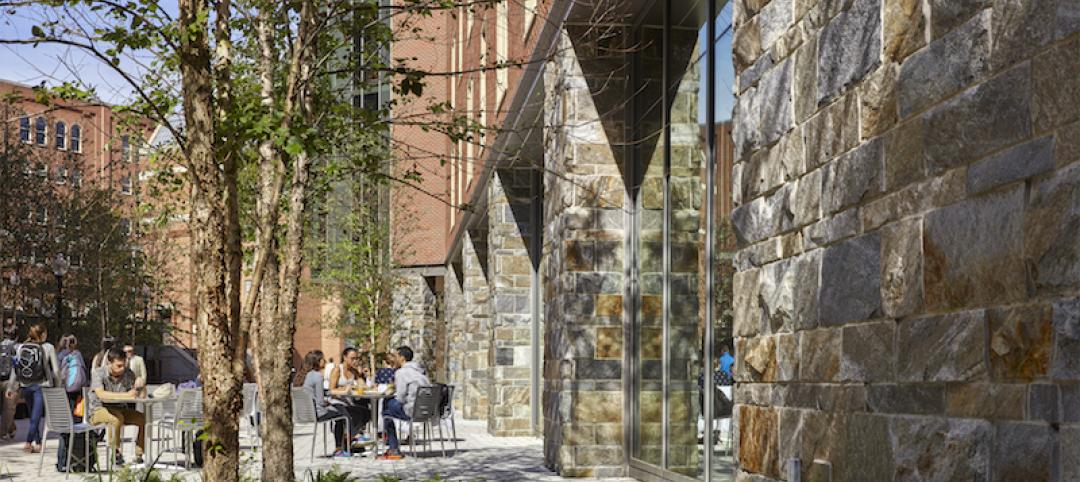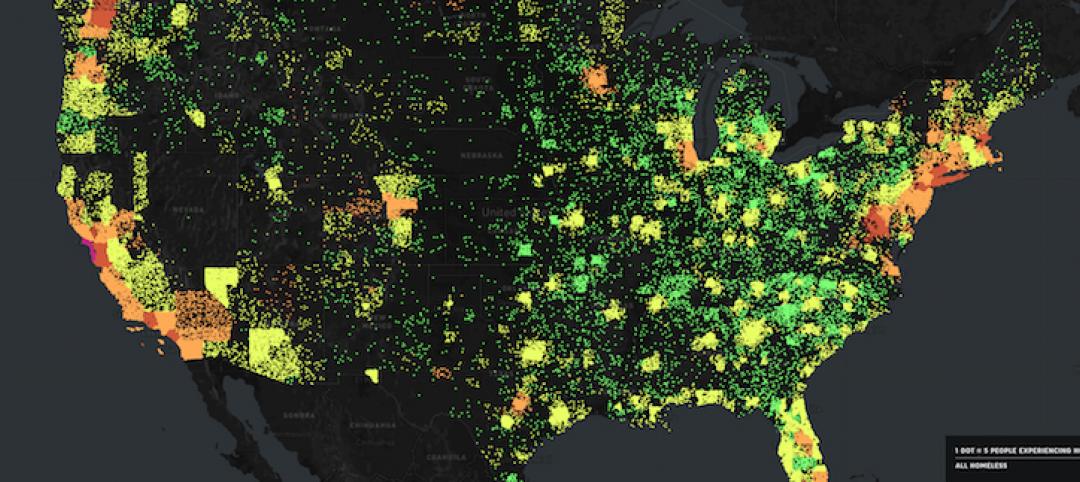Creating meaningful places that contribute to a network of campus open spaces is a primary objective when we design projects for higher education. At the core of this design challenge is the fundamental relationship between a building and its immediate site.
There are many aspects to this relationship: scale, materials, campus context, and open space systems — however the very local micro-climate has an oversized impact on user comfort in a specific place. These high quality exterior gathering places are increasingly important in supporting community — at all times of the year — while engaging in appropriate social distancing as a response to COVID 19.
Sasaki’s interdisciplinary architecture and landscape architecture teams have been able to understand, engage with and influence future building micro-climates by collaborating with Klimaat on climate modeling and design analysis. Two successful examples with differing climate requirements are Saint Edward’s University Saint Andre Residence Hall in Austin Texas and the University of Rhode Island Brookside Apartments in North Kingston, Rhode Island.
Saint Edward’s University Saint Andre Residence Hall — Austin, TX

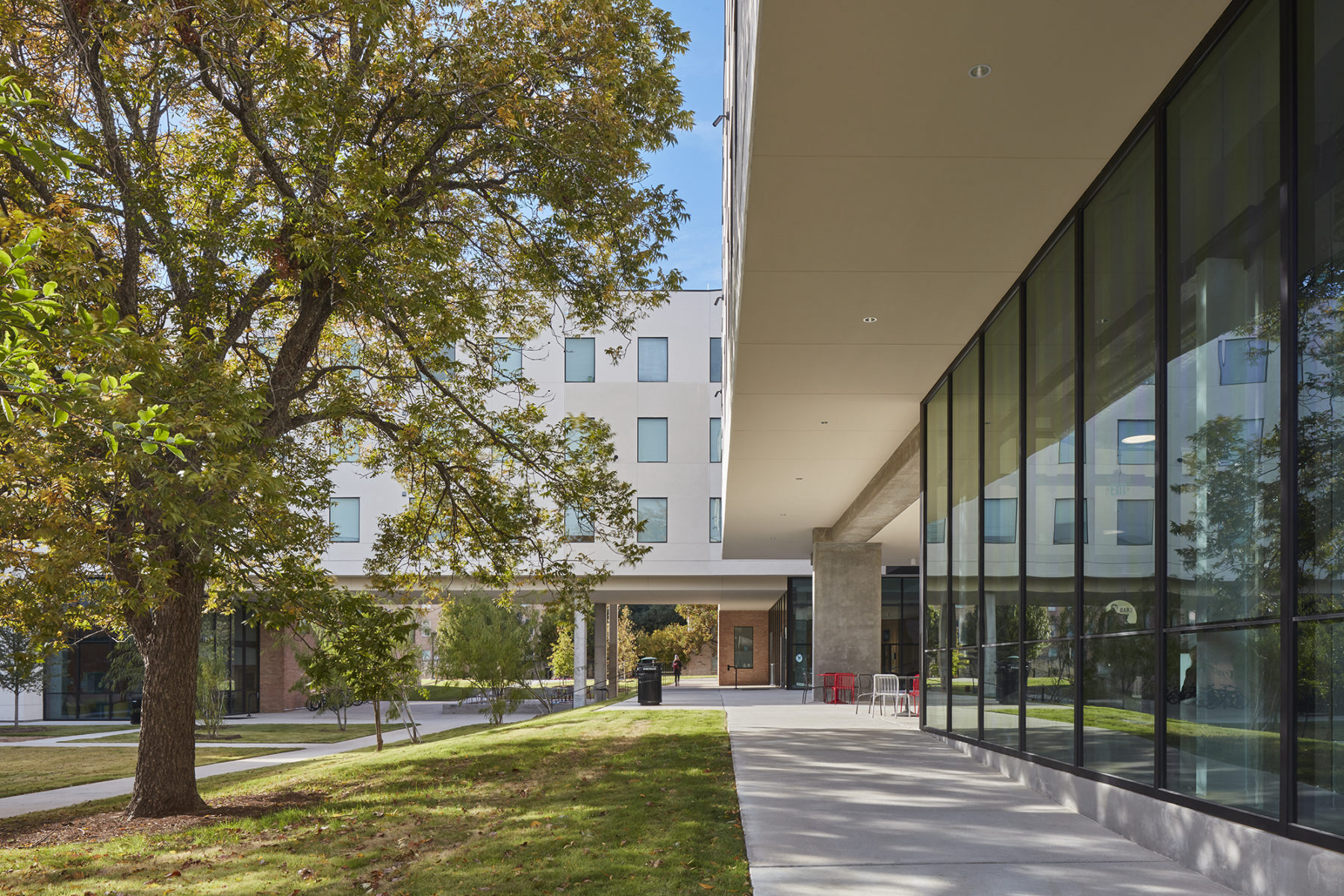
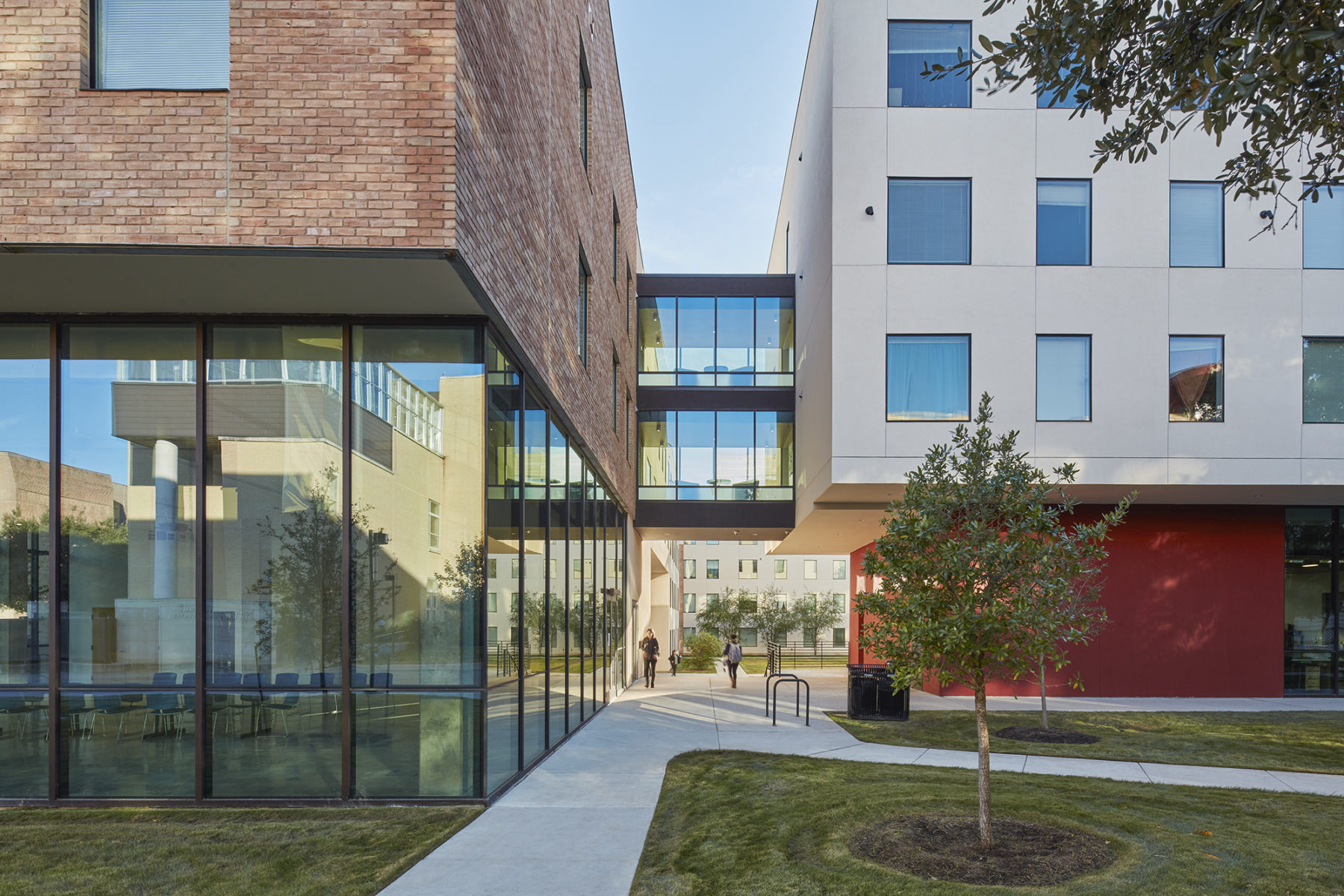

University of Rhode Island Brookside Apartments — South Kingston, RI
At the University of Rhode Island the climate challenge was to create places that were protected from the bitter northern winter winds and to extended outdoor comfort in both the fall and spring shoulder seasons when along with the winter months, students spend the majority of time on campus. Again with the guidance of Klimaat we designed two offset housing slabs creating two courtyards; a northern courtyard capturing the afternoon sun and a southern courtyard capturing the morning sun.
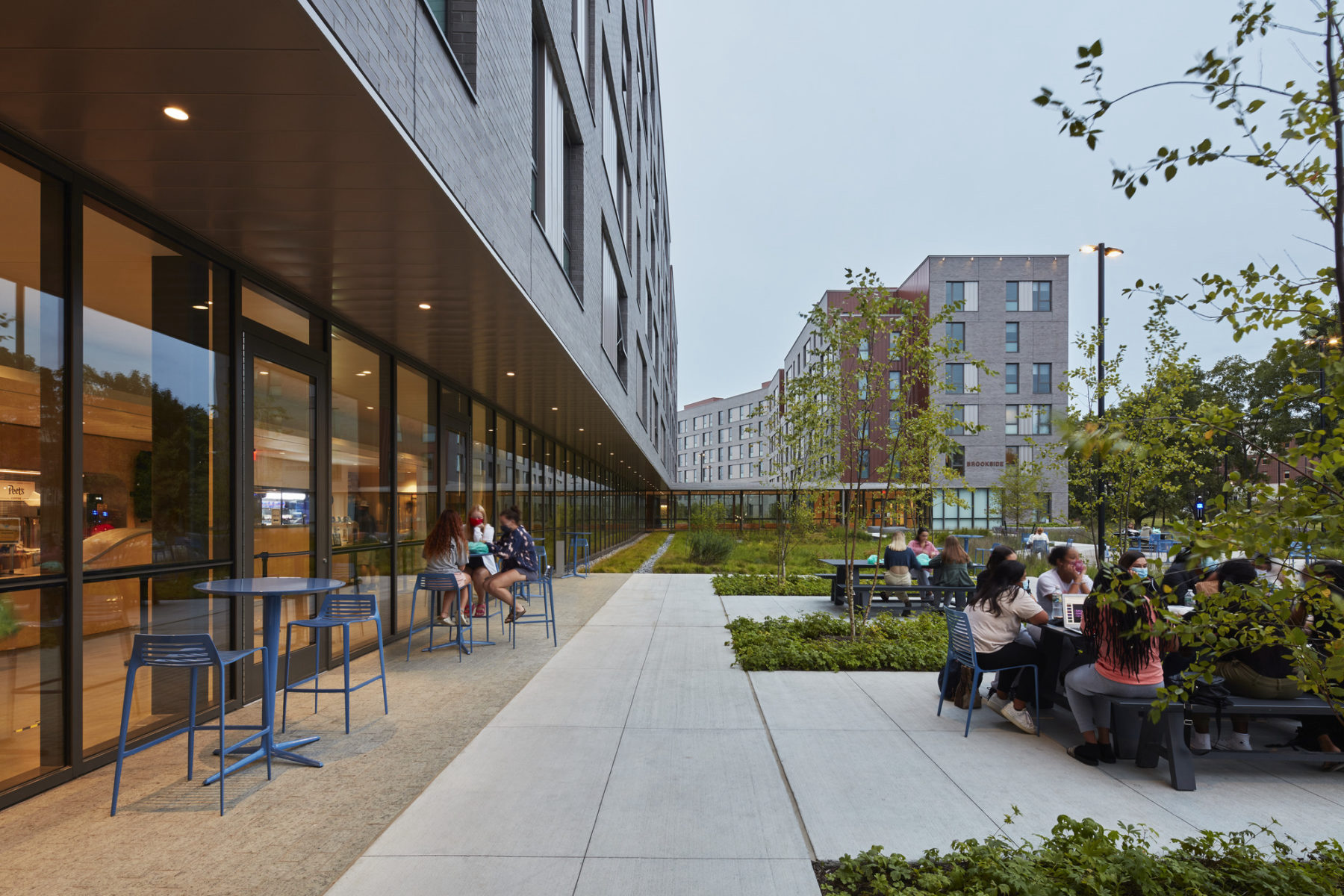
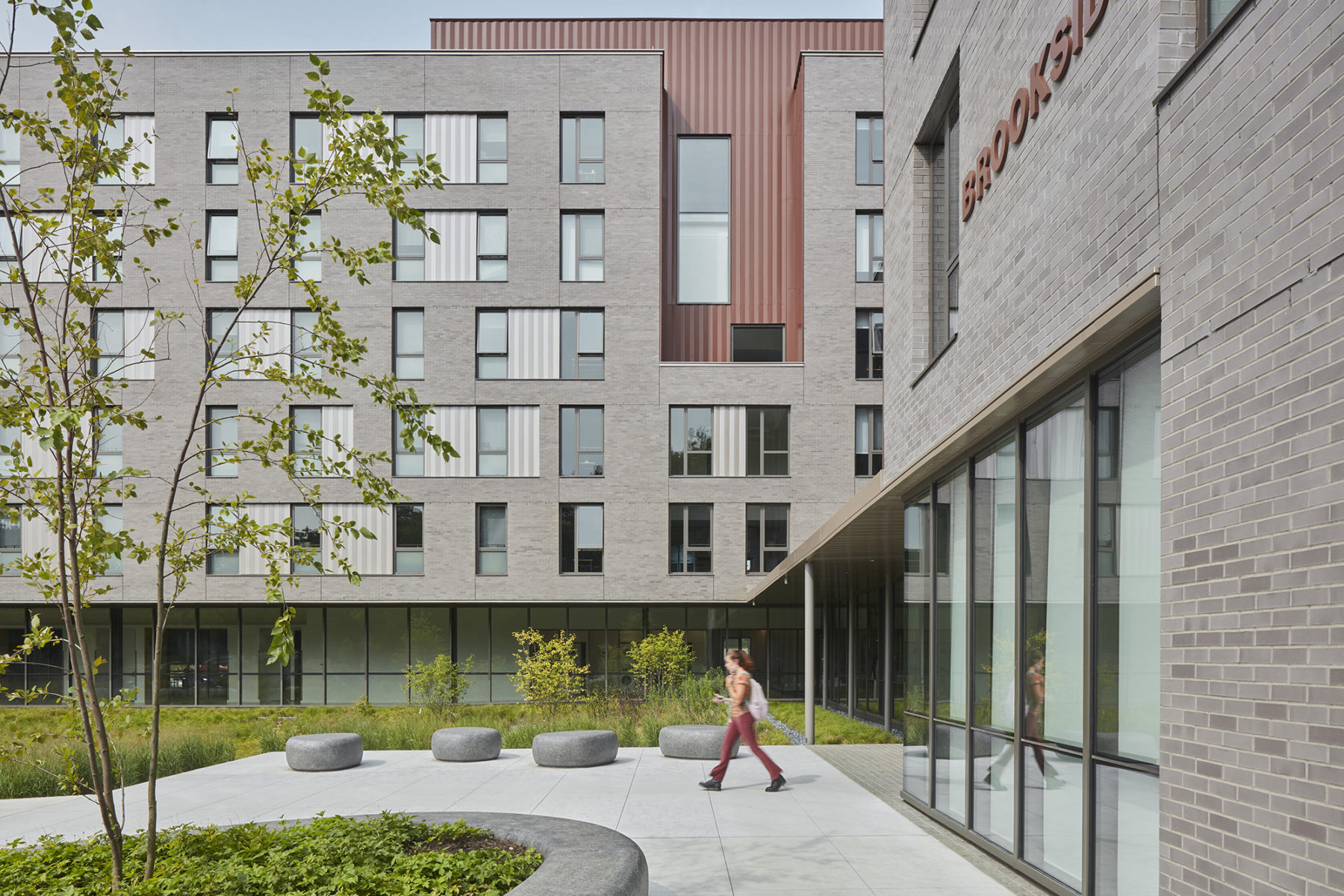
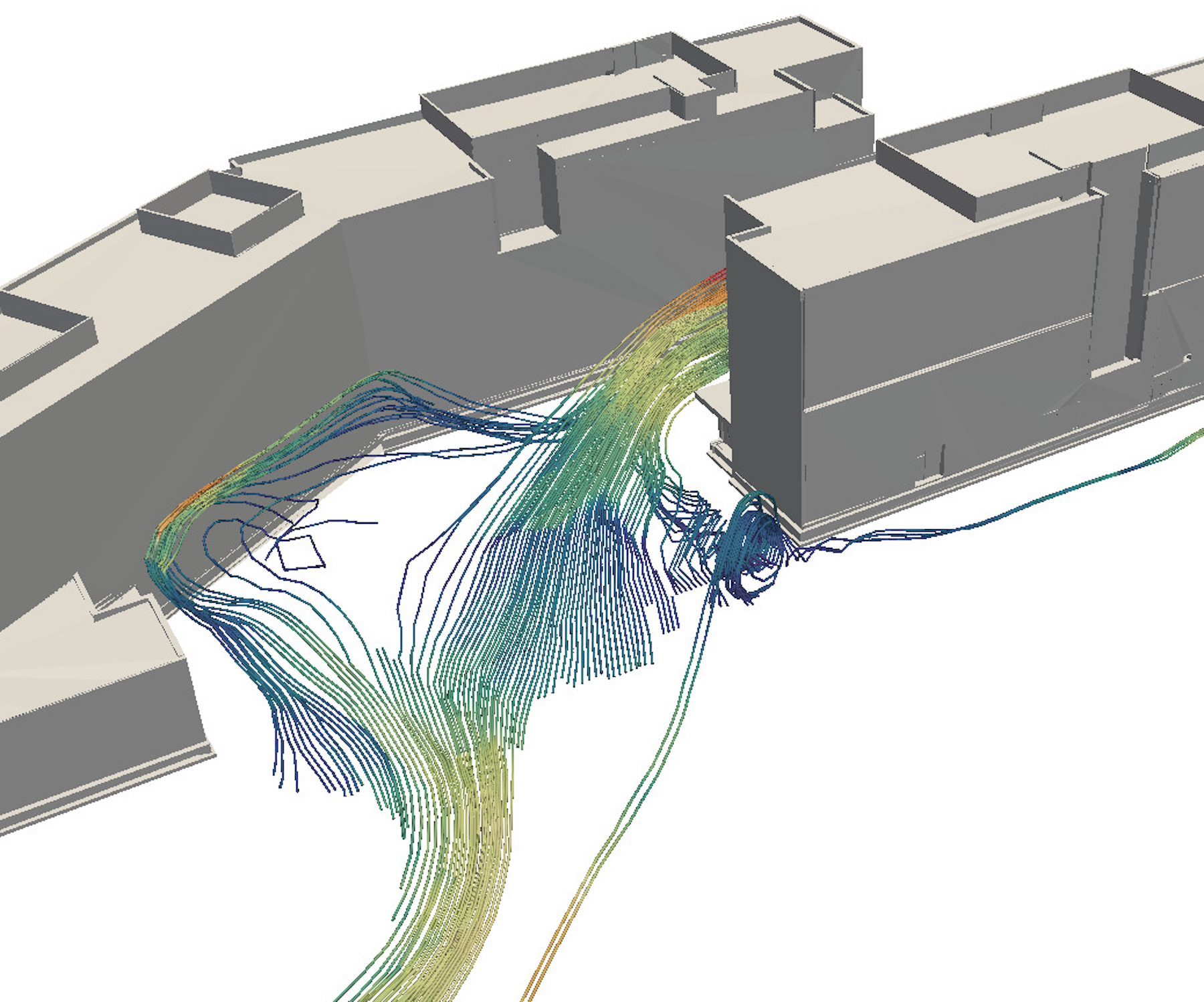
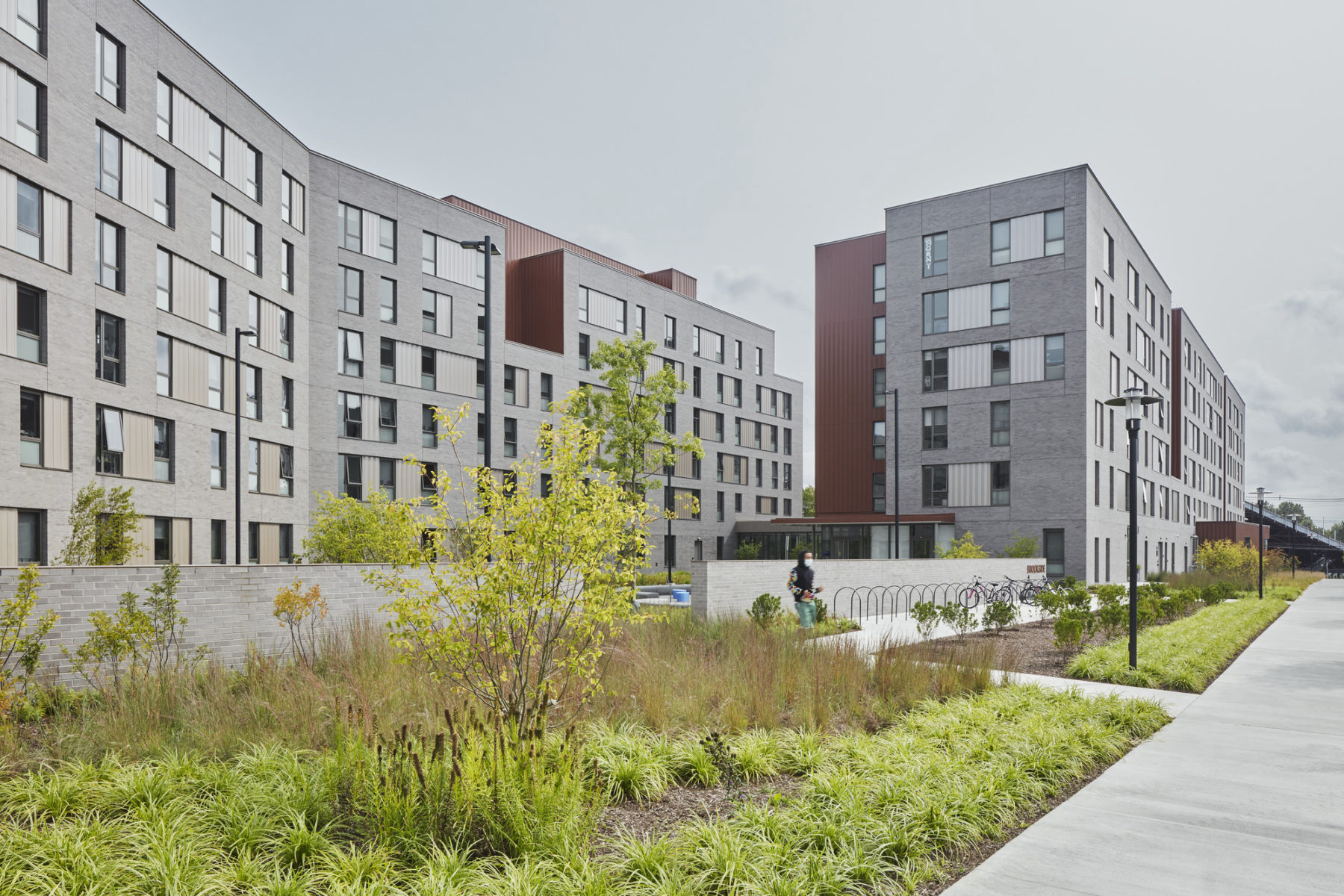
More from Author
Sasaki | Feb 5, 2024
Lessons learned from 70 years of building cities
As Sasaki looks back on 70 years of practice, we’re also looking to the future of cities. While we can’t predict what will be, we do know the needs of cities are as diverse as their scale, climate, economy, governance, and culture.
Sasaki | Apr 12, 2021
I’ll meet you right outside: Microclimates and community
These high quality exterior gathering places are increasingly important in supporting community.
Sasaki | Feb 16, 2021
A humanistic approach to data and design in the COVID era
As the COVID crisis continues to disrupt higher education, Sasaki is working with our campus clients on space planning initiatives that harness data to uncover solutions to complex challenges never before faced by college and university leaders.
Sasaki | Jul 28, 2020
Post-pandemic workplace design will not be the same for all
Regardless of whether it takes 3 or 18 months to fully return to work, it is clear the long march toward re-emergence from this global pandemic will likely be more of a gradual re-opening than a simultaneous return to life as we knew it.
Sasaki | May 31, 2018
Denver's airport city
Cultivation of airport cities is an emerging development strategy shaped by urban planners, civic leaders, airport executives, and academics.
Sasaki | Feb 12, 2018
Stormwater as an asset on urban campuses
While there is no single silver bullet to reverse the effects of climate change, designers can help to plan ahead for handling more water in our cities by working with private and public land-holders who promote more sustainable design and development.
Sasaki | May 26, 2017
Innovations in addressing homelessness
Parks departments and designers find new approaches to ameliorate homelessness.
Sasaki | Apr 3, 2017
Capturing the waterfront draw
People seem to experience a gravitation toward the water’s edge acutely and we traverse concrete and asphalt just to gaze out over an open expanse or to dip our toes in the blue stuff.
Sasaki | Dec 14, 2016
The future of libraries
The arrival of programs that support student and faculty success such as math emporiums, writing centers, academic enrichment programs, and excellence-in-teaching centers within the library, heralds the emergence of the third generation of academic library design.
Sasaki | Dec 9, 2016
Between floods: Resiliency and urban regeneration
It’s useful for planning for the “worst-case scenario”, but it is important to remember that major floods can happen at any time.

